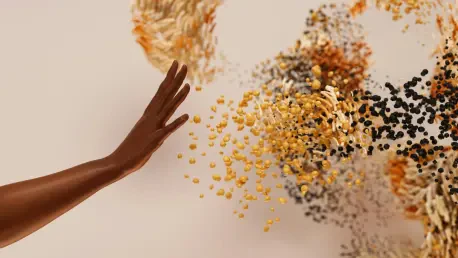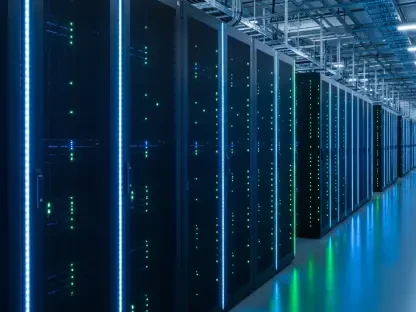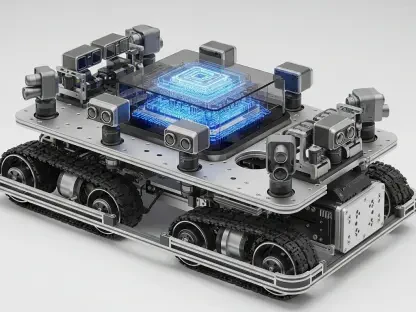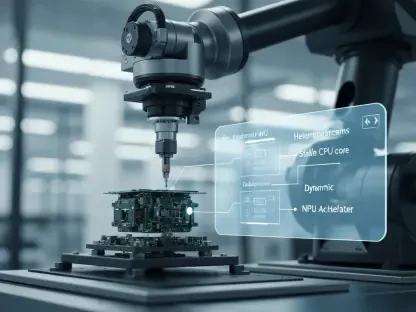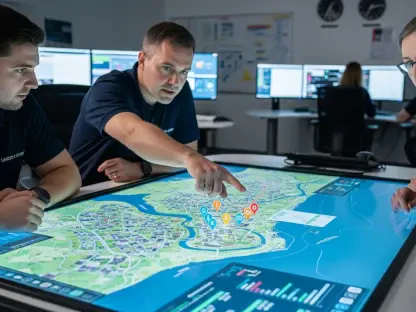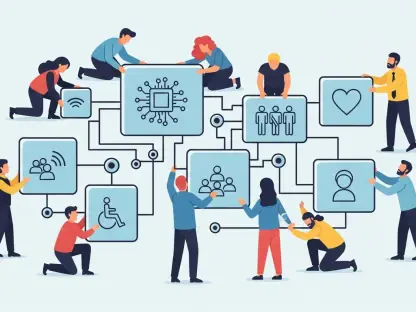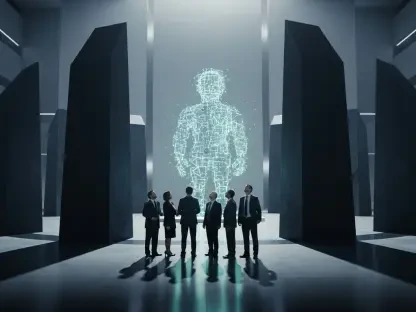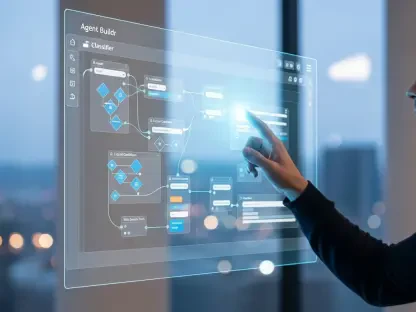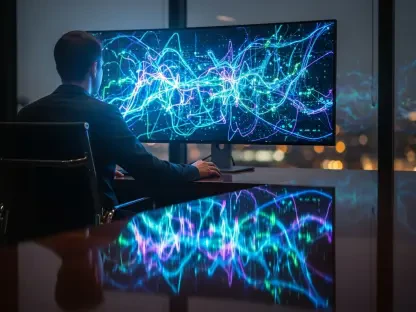I’m thrilled to sit down with Laurent Giraid, a renowned technologist whose expertise in artificial intelligence, machine learning, and natural language processing has made him a leading voice in the conversation about AI’s role in our world. With a deep interest in the ethical implications of AI, Laurent offers unique insights into how this technology is reshaping creativity and art. Today, we’ll explore the groundbreaking concept of AI passing the aesthetic Turing Test, its impact on industries like fashion, the emotional resonance of art in a synthetic age, and the broader questions of what we value in human expression.
Can you explain what the aesthetic Turing Test is and why it’s such a significant milestone for AI in the realm of art?
I’m glad to break this down. The aesthetic Turing Test is essentially an extension of Alan Turing’s original idea, which was about whether a machine could mimic human conversation so well that a person couldn’t tell the difference. The aesthetic version applies this to creative output—can AI generate art, music, or images that are indistinguishable from human-made works? It’s a big deal because art has always been seen as a deeply human endeavor, tied to emotion, experience, and imagination. When AI can replicate that to the point of fooling us, it challenges our assumptions about creativity and forces us to rethink what makes art meaningful.
How do you interpret the use of AI-generated models, like the one featured in a Vogue ad for Guess, and what does this trend suggest about the future of industries like fashion?
The Vogue ad is a fascinating case. It shows how AI can create hyperrealistic representations that aren’t just edits of real people but entirely fabricated entities. This isn’t just about replacing a model; it’s about crafting an idealized image that might not even exist in reality. I think it signals a future where industries like fashion could lean heavily on AI for efficiency and control over aesthetics. But it also raises questions about authenticity and whether we’re moving toward a world where perfection overshadows the human element that’s so central to style and expression.
There’s been criticism that AI models could undermine diversity in fashion by promoting a narrow ideal of beauty. What’s your perspective on this concern?
I think the criticism is valid. AI often works by analyzing vast datasets, and if those datasets are skewed toward certain standards of beauty—historically narrow ones—it can perpetuate or even amplify those biases. The risk is that companies might opt for a ‘safe,’ market-tested image over real diversity in size, age, or ethnicity. It’s not just about cost-saving; it’s about the potential to erase the progress made in representing varied human experiences. We need to be intentional about how AI is trained and used to ensure it doesn’t become a tool for exclusion.
What makes AI so good at mimicking human creativity to the point where we can’t tell the difference between its art and ours?
AI’s strength lies in its ability to digest and replicate patterns from massive amounts of human-created content. It’s trained on countless paintings, songs, and photographs, learning the mathematical underpinnings of what we find appealing—whether it’s a certain color harmony or a catchy melody. It doesn’t feel or intend anything, but it can simulate the structures of beauty or emotion with incredible precision. That’s why a song or image made by AI can resonate so deeply, even if there’s no soul behind it.
The concept of the ‘uncanny valley’ often comes up with AI creations. Can you explain how AI has managed to overcome that eerie feeling and appear more authentic?
The uncanny valley describes that discomfort we feel when something looks almost human but not quite—like a robot with lifeless eyes. Early AI art often fell into this trap, with small errors that tipped us off. But now, with advanced algorithms and huge datasets, AI has refined its output to eliminate those subtle flaws. It’s crossed that valley by getting the details right—skin texture, lighting, or vocal inflections in music—so our brains don’t register it as ‘off.’ The result is something that feels startlingly real, even when it’s not.
There’s a worry that AI-generated art lacks the ‘aura’ or unique human touch of traditional works. How do you see this difference playing out in how we experience art?
This idea of an ‘aura’—that sense of history, effort, and personal story in human art—is crucial. A painting carries the artist’s brushstrokes, a photograph captures a real moment. AI art, by contrast, is infinitely reproducible and lacks that backstory. It can be stunning, but sometimes it feels hollow because there’s no lived experience behind it. I think this impacts our experience by shifting the focus from the creator’s intent to pure aesthetics. We might still be moved, but we miss that deeper connection to a human journey.
As it becomes harder to tell if art is made by a human or a machine, how does that suspicion affect our emotional connection to creative works?
That suspicion changes everything. When you’re listening to a song or looking at an image, there’s now this lingering doubt—did a person pour their heart into this, or is it just a clever algorithm? For me, that doubt can pull you out of the moment. Instead of losing yourself in the emotion, you’re analyzing for clues of artificiality. It turns appreciation into a kind of detective work, and I think that risks diminishing the raw, immersive power art can have over us.
Looking ahead, what is your forecast for the role of AI in art and creativity over the next decade?
I believe AI will become even more integrated into creative fields, acting as both a tool and a collaborator. We’ll see more hybrid works where humans and machines build off each other, pushing boundaries in ways we can’t yet imagine. But I also foresee a growing tension around authenticity and value. As AI art becomes ubiquitous, there might be a counter-movement to cherish the imperfections and stories of human-made work. The challenge will be striking a balance—using AI to enhance creativity without losing the messy, beautiful humanity at its core.
